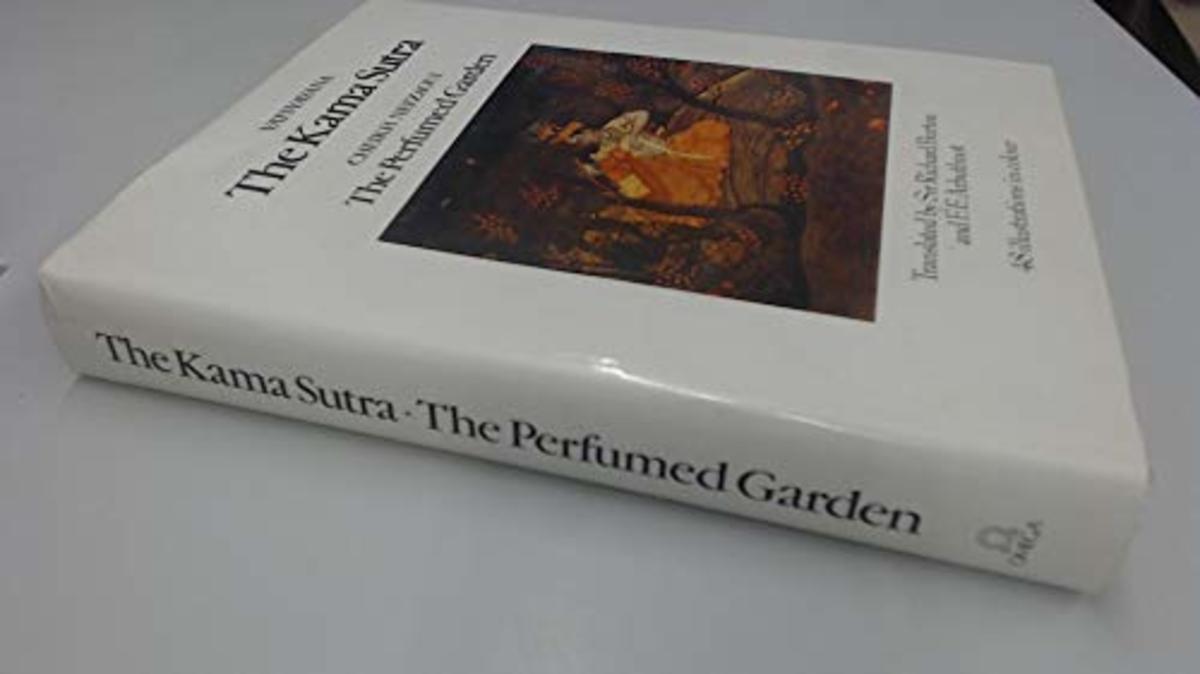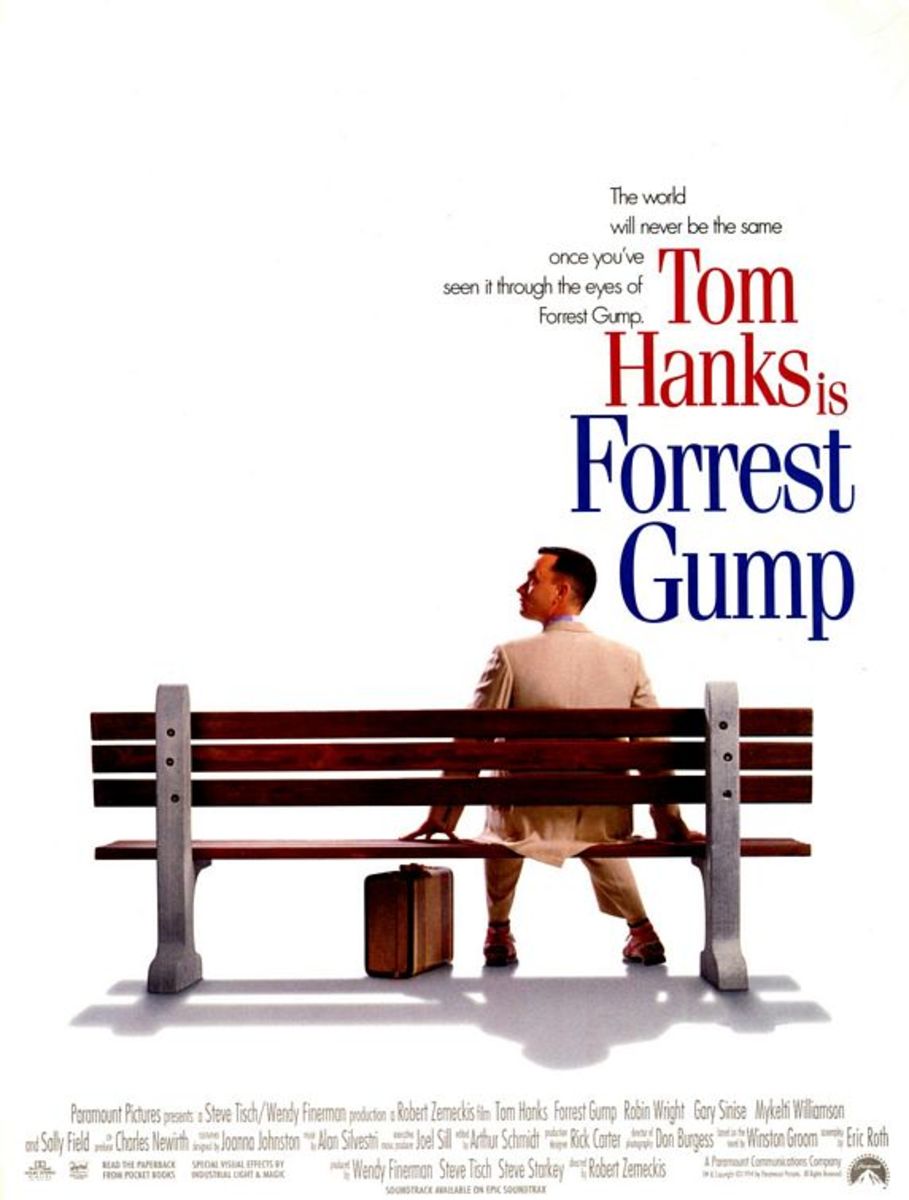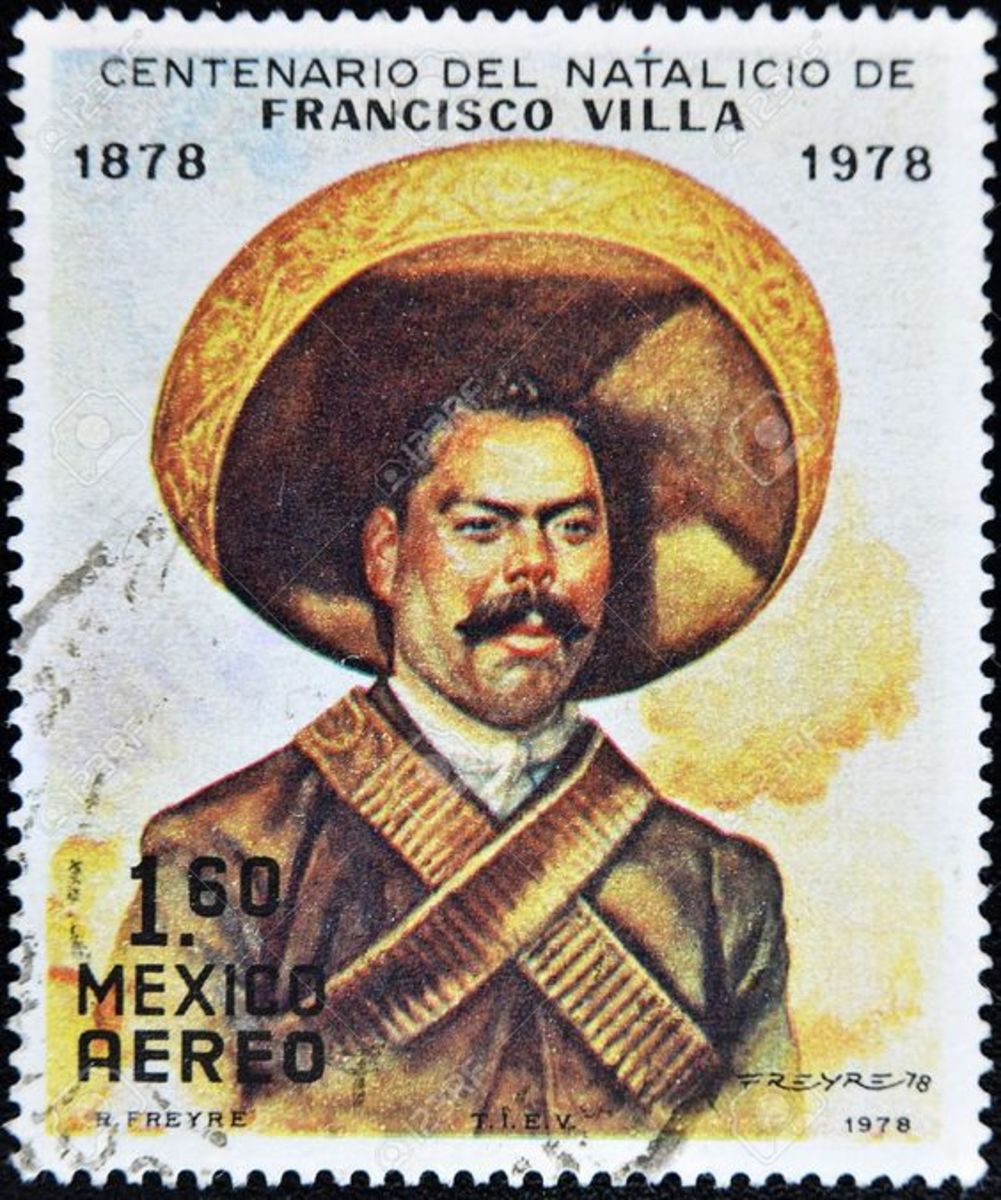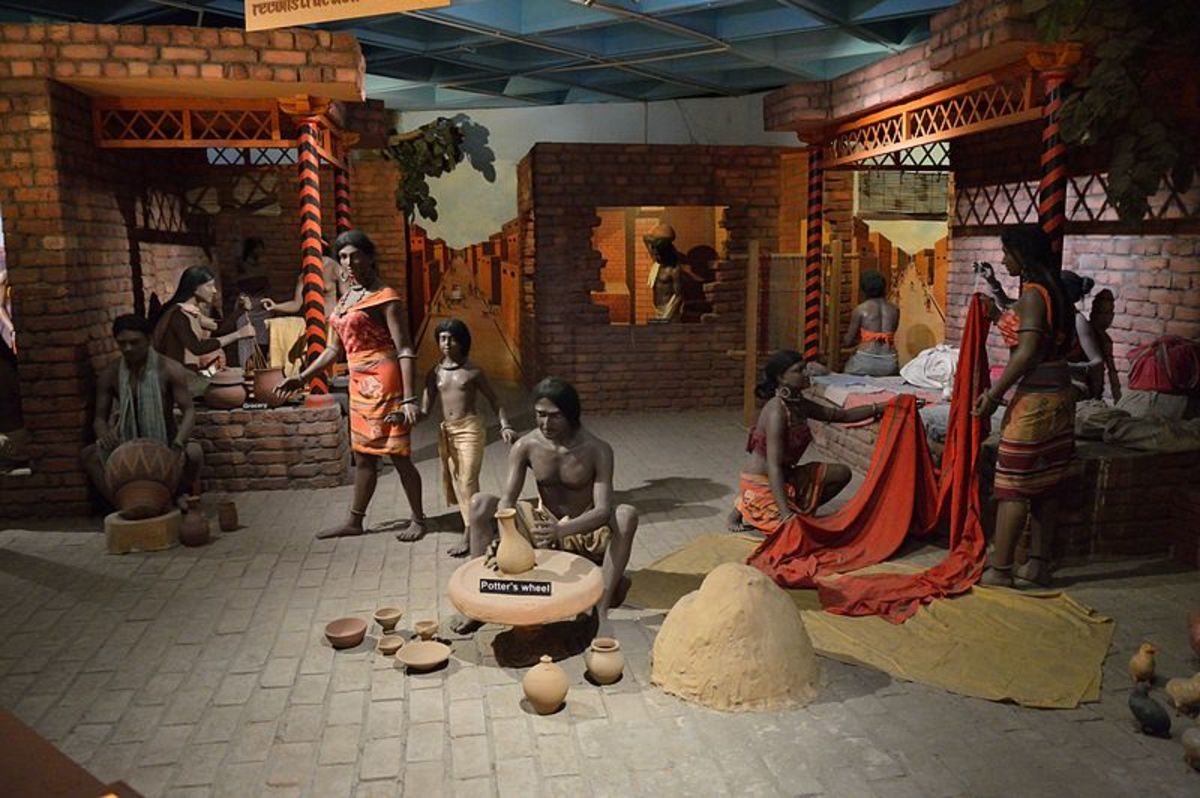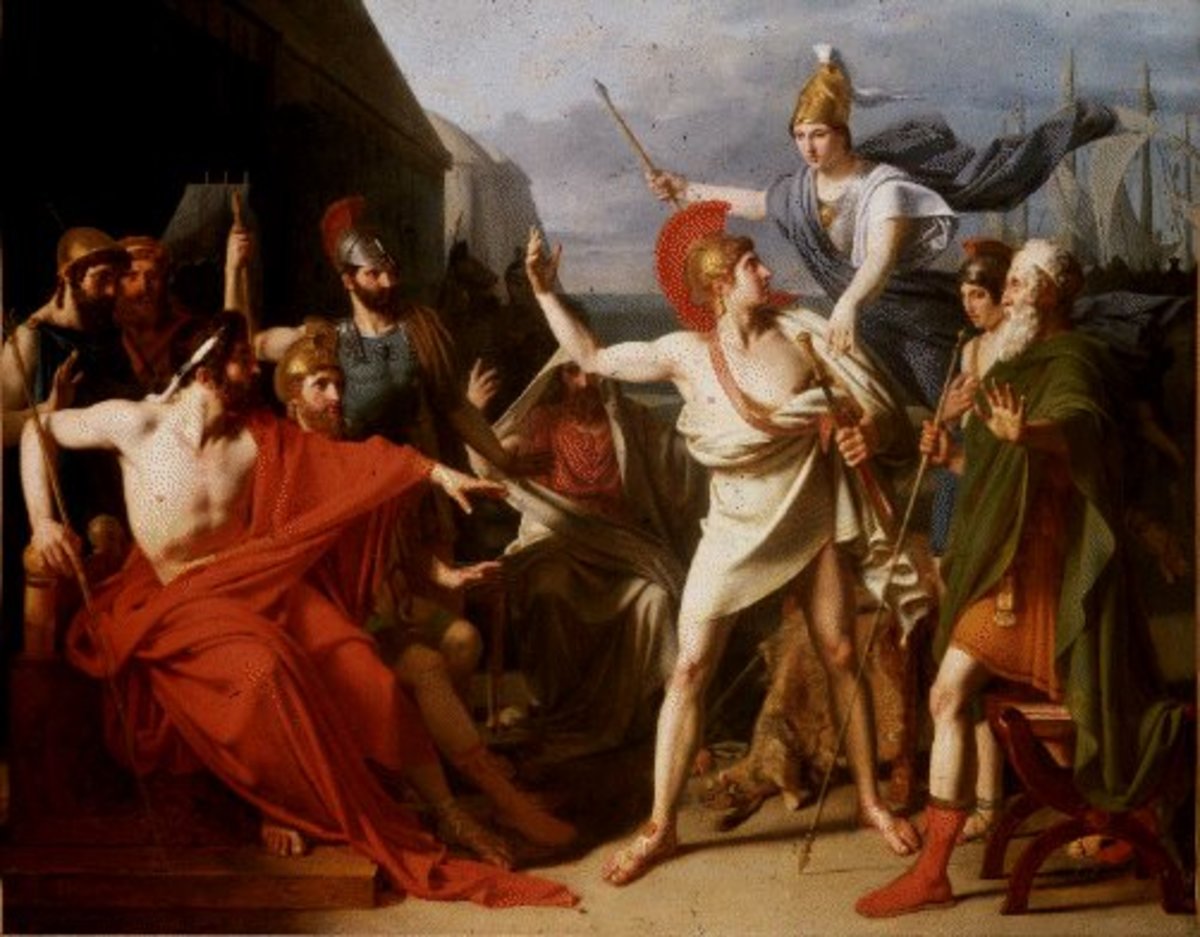Chansons de geste and the Chronicles of the First Crusade: Introduction
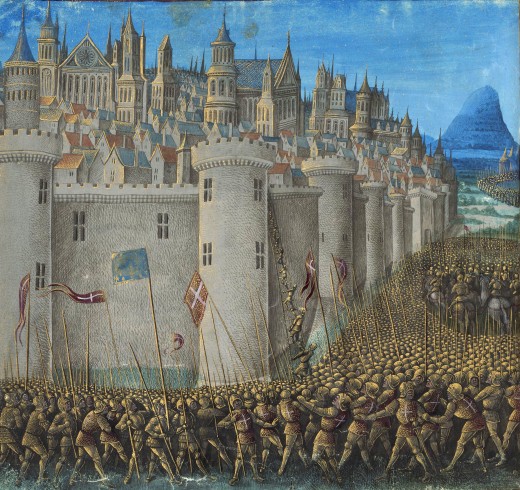
TABLE OF CONTENTS
Part 1:
Acknowledgements
Abstract
Introduction
Bibliographical Essay
Part 2:
Historiography of the Middle Ages
Religious and Ecclesiastical Goals of the First Crusade
Part 3:
Referenced Texts
Source Analysis
Part 4:
The Central Crusade Trilogy and the Chanson d'Antioche
Textual Analysis
Part 5:
Conclusion
Appendix
Full Bibliography
ACKNOWLEDGEMENTS
There are a few people I would like to thank for their help in this project.
First, Dr. Susan B. Edgington and Dr. Carol Sweetenham for not only their extensive knowledge of this subject, but for taking the time out of their busy schedules to respond to my questions about the Chanson and the OFCC.
Second, my professors at Kennesaw State University in both the History and Foreign Language departments for their continuous support over the years.
Third, the library staff at the Sturgis Library as well as the Georgia State University library who had to put up with my innumerable questions, requests, and problems in person and over the phone during the course of this project.
Last, my mom, KSU Alumnus, who only rolled her eyes once during the many hours of torment I subjected her to while discussing my research for this project.
ABSTRACT
The study of literature is an important aspect of culture which historians often overlook. Likewise, literary scholars sometimes might view literature as a relatively isolated aspect of culture. I am seeking to show how literature can not only prove to be a useful tool for historians, but also it is more than just a product of individual minds: it is a reflection of history and society, and it can also help shape future events within that society.
Among the innumerable works of literature we have from the period of the Crusades, I chose the Chanson d'Antioche for the focus of my research to show this relationship between literature and history. The Chanson d'Antioche is a 9000 line narrative, poetic account of the First Crusade up through the fall of the city of Antioch. It possibly originated between 1170 and 1190 CE, but the earliest surviving manuscripts date around the mid-thirteenth century when it was reworked to fit within a cycle of several more chansons now called the Old French Crusade Cycle (OFCC).
The final version of the poem which we have in full today describes the events of the First Crusade, though the text itself is more or less contemporary with the Fifth and Seventh Crusades. The original text survives in Old French vernacular and is based largely on two Latin chronicles both written within the first half of the 12th century: the Historias of Robert the Monk and Albert of Aachen.
What this essay will attempt to prove is how perceptions of the First Crusade, and possibly crusading culture in general, had changed between the events of 1095-1099 and the events of later Crusades during which time the poem is believed to have reached its completed written form. To do this, my paper will take into account specific events within the poem, how they are described, analyzing them in comparison to those events as read and described in chronicles of the First Crusade and when possible in comparison to happenings contemporary with the poem's composition. The events which will be analyzed more closely are perceptions of Peter the Hermit, Taticius and Alexius of the Byzantine Empire, and of Pirrus, the man who betrayed Antioch to the crusaders.
With these events in mind, the Chanson d'Antioche truly is a melting pot of ideas and themes which permeated crusading culture. Certain biases and perceptions were left completely unchanged, sticking close to what is considered 'true fact' while many other events were embellished with an obvious dramatic flair. In this way we see how literature and history are often separate, as are many works of fiction no matter how historical they may be, and are often embellished to suit the needs of literary device. At the same time, we see in literature, and certainly in the Antioche, how contemporary ideas and recent knowledge are purposefully or unwittingly imposed on the work. I have found in this Cycle a blend of different aspects from history and society of the middle ages, all of which helped to shape the OFCC and its contents.
Like many works, literary or otherwise, the poem was likely several years in the making, so it was continuously being influenced by contemporary crusades. In addition the crusading movement was becoming increasingly disillusioned, and the poem was an attempt to erase that shadow by remembering the successes of the First Crusade.
- Better World Books : Robert the Monk's History of the First Crusade
This is the first English translation of Robert the Monk's Historia Iherosolimitana, a Latin prose chronicle describing the First Crusade. The text has close links with the vernacular literary tradition. - Better World Books: Albert of Aachen's History of the Journey to Jerusalem
Description Albert of Aachen's History of the Journey to Jerusalem presents the story of the First Crusade (1095-1099) and the early history of the crusader states (1099-1119). - Better World Books : The Chanson d'Antioche, an Old French account of the First Crusade
The Old-French Chanson d'Antioche has long intrigued historians and literary scholars. Unusually among epic poems, it follows closely a well documented historical event and appears to include substantial and genuine historical content.
INTRODUCTION
In 1095 CE, the Council of Clermont was convened in France in order to preach the Crusade and tell of the atrocities happening in the East. Here, Pope Urban II gave arguably one of the most famous sermons of the Middle Ages. This Council preached by the pope effectively began the crusading movement. Pope Urban II was pope from 1088 to 1099 CE, and faced problems concerning the unfortunate Investiture Controversy, the war against Henry IV, and the Antipope Clement III in Rome. Additionally, Urban faced the already divided Christendom. As Jay Rubenstein wrote, the Greek Orthodox church based in Constantinople and the Latin Catholic church based in Rome "had for centuries taken different spiritual and liturgical paths...Leo [IX]'s successors dreamed of ending this schism between Greek and Latin Christianity, and in the 1090's, during the papacy of Urban II, reunification suddenly became a real possibility."1 The crusade would have been an answer to all of Urban's problems.
Nearly two hundred years later, the events of 1095-1099 were still being told and retold, reworked and rewritten. By then, the events had taken on a completely different form in their retelling. These histories were translated from Latin chronicles into Old French vernacular, and developed a poetic tone which replaced the prior historical methodology. A new history of the First Crusade had been written into an existing literary tradition: the chanson de geste, a French form of epic narrative poetry recounting the great deeds of kings and knights. This "new history" of the First Crusade, known now as the Old French Crusade Cycle (OFCC), remained popular for some time, but eventually gave way to a different form of prose literature, more romantic than heroic.2
A point of interest to consider, when seeking to understand history, is the kind of literature that each period produced. Literary forms and genres develop over periods of time, so generally works of literature do not appear until well after the events they describe. This is what makes them so valuable to historians. Many literary forms are also created and nurtured by the problems or successes of the culture in which they are written. In particular, the 'epic genre' often embodies the idea of history for a society, as well as the thoughts and feelings of the society as it was changing and moving forward.
Literature, for the people living during these times, is often considered to manifest itself into two forms, poetical and historical.3 However it is important to realize these forms often coincided and the distinctions between them were blurred. It proves difficult to clarify the boundaries between literary, ecclesiastical, and historical traditions. These 'boundaries' were more idealistic than realistic, and did not exist in the way historians and scholars today recognize them. As Phillip Bennett also points out, "chansons de geste had always been considered by contemporaries as vehicles for preserving History...However, the melding of epic, romance, and historiographical discourse in prose text does signal the assimilation of the inherited Matter of France."4 As early, or perhaps as late, as the thirteenth century, lines between literary forms and other forms were already fading.
Both literary and legal languages "involved the elevation to written status of a primarily oral linguistic function. Both can be situated within the context of a preexisting Latin tradition."5 It was difficult, according to Bloch and Van D'Elden, for vernacular writers to present non-literary arguments without resorting to a literary style, essentially narrating a story. Although Van D'Elden's essay is specifically in reference to the use of laws and legal issues presented through literature, the same ideas are easily applied to use of history presented through literature. History, like any other real-life endeavor seen through the eyes of the middle ages, does not give us a complete view of the actuality of the subject when written in the vernacular. "For glimpses of this we turn to medieval works of literature- to fictitious romances, epics, political and lyric poetry. While such texts do not claim to portray a 'realistic' picture, they provide a useful supplement."6
- Better World Books : Armies of Heaven
Medieval historian Rubenstein tells the story of the cataclysmic First Crusades through the eyes of those who witnessed it, emphasizing the fundamental role that apocalyptic thought played in motivating the Crusaders. - Better World Books : Remembering the Crusades
"Remembering the Crusades" is the first collection of essays to investigate the commemoration of the crusades in eastern and western cultures. Its unprecedented approach points the way to a complete reevaluation of the crusades.
BIBLIOGRAPHICAL ESSAY
The main primary sources used for this paper include the Chanson d'Antioche, and the Historias of Robert the Monk and Albert of Aachen. The Antioche, written no later than the mid 13th century, is considered an anonymous work although some speculation has been made on its composition. It was written in Old French vernacular as a means to convey local history as well as a popular history of the First Crusade from the beginning through the fall of the city of Antioch. It draws from both Robert the Monk and Albert of Aachen to help shape its narrative. Two sources for the Chanson d'Antioche are used: the 2003 University of Alabama Press volume, edited by Jan A. Nelson, and the 2011 translation by Susan Edgington and Carol Sweetenham.
Robert the Monk's Historia Iherosolimitana is a short chronicle of the First Crusade written in 1107 CE. It spends most of its narrative on events at the beginning of the crusade through the fall of Antioch, and relates briefly events afterwards. It was written in order to add theological lessons and ecclesiastical material to the first known eyewitness source, the Gesta Francorum. It heavily reflects local bias of France in general, specifically northern France. Albert of Aachen's Historia Ierosolimitana is a much longer and detailed narrative which Albert wrote primarily from speaking to eyewitnesses and returned crusaders. It was completed no later than 1122 CE. The two accounts differ greatly in length, style, and bias, making it difficult to draw comparisons between the texts.
The main secondary sources used are the introductions and commentaries by Susan Edgington and Carol Sweetenham, as well as the introductions to the University of Alabama Press volumes of the OFCC. Robert F. Cook is also a main source, as much of the recent scholarship is thanks to his book, Le cycle de la croisade est-il epique? The conventional view of the Chanson d'Antioche was established by Paulin Paris in 1848 and affirmed by later 19th and 20th century French authors. The view was that the original poem, likely lost, was written by an eyewitness named Richard le pèlerin (Richard the pilgrim), and then reworked later into the Cycle by Graindor de Douai.
In 1980, Robert F. Cook was one of the first to challenge the conventional view of the Chanson d'Antioche and attributes the First Crusade to an epic genre. Cook debunks the idea of an eyewitness, something which is drawn upon and affirmed by recent scholarly work. While he does not seem to disregard the Antioche and its importance to medieval studies, he focuses on its fictitious nature and its inability to be used as an actual historical account. Cook writes that the Antioche, and by extension the whole Cycle, shows us today how history and fiction were thought of in the middle ages.
Susan Edgington has done extensive work with Latin, Old French, and Greek medieval sources, specifically concerning the crusades and their aftermath. Her edition of Albert of Aachen's Historia Ierosolimitana is used for this paper, as well as her translation of the Chanson d'Antioche which was done in collaboration with her colleague Carol Sweetenham. Carol Sweetenham's translation and edition of Robert the Monk's Historia Iherosolimitana is also used in this paper. Both scholars have written extensively on the topic of the OFCC and other sources of the First Crusade, so much of their other work will also be referenced within the scope of this essay. Other referenced sources include Emanuel Mickel, who worked alongside a team to help produce the University of Alabama texts of the OFCC in its entirety.
ENDNOTES
1 Jay Rubenstein, Armies of Heaven: The First Crusade and the Quest for the Apocalypse (New York: Basic Books, 2011), Kindle edition, chapter 2.
2 Philip E. Bennett, "Etat présent chansons de geste and chansons d'aventures: Recent Perspectives on the Evolution of a Genre," French Studies 66 (2012): 526-27, accessed February 21, 2014, doi: 10.1093/fs/kns153.
3 Suzanne C. Akbari, "Erasing the Body: History and Memory in Medieval Siege Poetry," in Remembering the Crusades, ed. Nicholas Paul and Suzanne Yeager. (Baltimore: The John Hopkins University Press, 2012), 146.
4 The 'Matter of France' is the name given to the cycle of Old French pseudo-historical chansons particular to Charlemagne and his exploits. Bennett, "Chansons de geste," 527.
5 Stephanie Cain Van D'Elden, "Does Might Make Right? The Schwanritter by Konrad von Wurzburg," in Courtly Literature: Culture and Context, (paper presented at the 5th Triennial Congress of the International Courtly Literature Society, Dalfsen, The Netherlands, 9-16 August, 1986), 551.
6 Van D'Elden, "Does Might Make Right?", 550.
Subsequent hubs related to this project
- Part 2: Chansons de geste and the Chronicles of the First Crusade, Historiography of the Middle Ages
Paper written for HIST 4499 - Crusades and Crusaders. Department of History & Philosophy, Kennesaw State University. 7 May 2014. The full paper is presented here in a series of hubs. - Part 3: Chansons de geste and the Chronicles of the First Crusade: Chronicles and Source Analysis
Paper written for HIST 4499 - Crusades and Crusaders. Department of History & Philosophy, Kennesaw State University. 7 May 2014. The full paper is presented here in a series of hubs.

